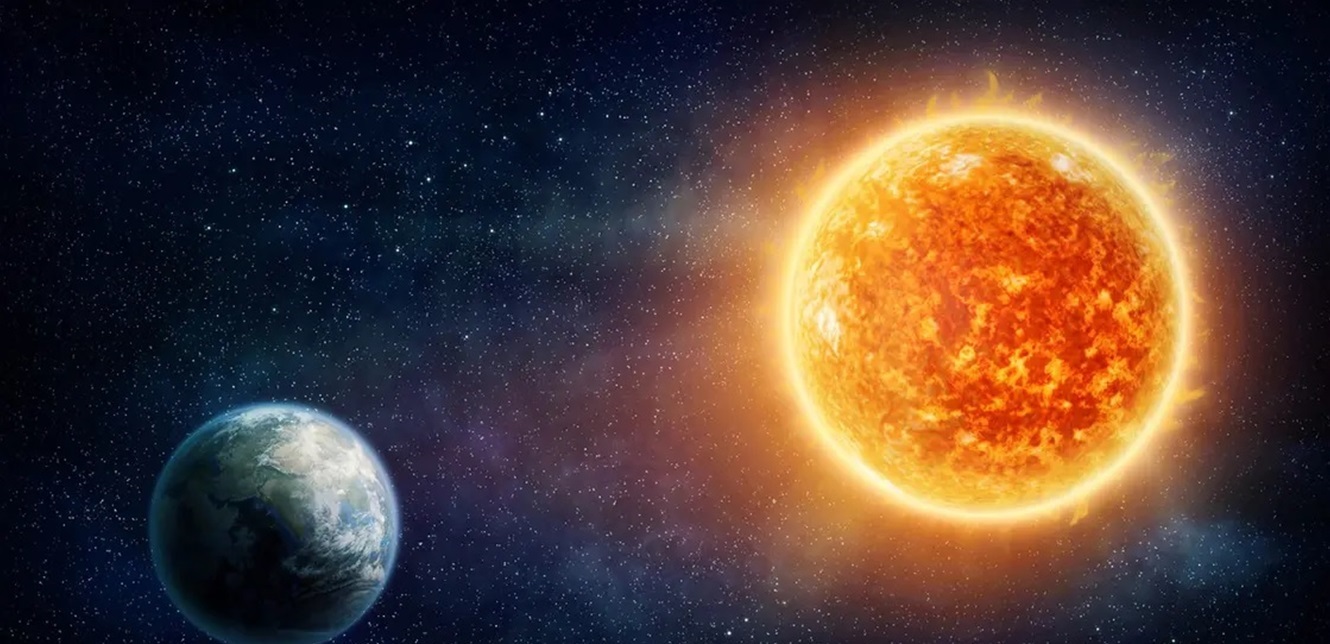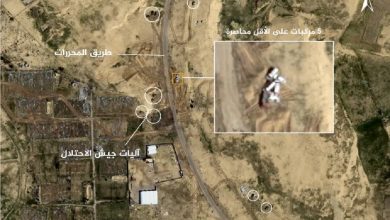Earth Braces for Strongest Magnetic Storm: What You Need to Know

Watan-Astronomical observatories have warned of the strongest magnetic storm that may cause disruption to the Earth’s magnetic field in the coming hours. It is expected to persist from the remaining period of March 24 until the first half of March 25, according to Universal Time.
The National Oceanic and Atmospheric Administration’s Space Weather Prediction Center (NOAA SWPC) stated that a significant geomagnetic storm will affect Earth on Sunday afternoon. However, the United States may not witness the auroras typically associated with such celestial events.
Simultaneously, the center stated that geomagnetic storms on Earth could reach G2 “moderate” and G3 “strong” levels.
Plasma Eruption
Thehill.com quoted the National Oceanic and Atmospheric Administration (NOAA) saying that a coronal mass ejection (CME) is a plasma and magnetic material explosion from the Sun that could reach Earth in less than 15 to 18 hours.
According to NASA, the coronal mass ejection can create currents in Earth’s magnetic fields, sending particles toward the North and South poles. When these particles interact with oxygen and nitrogen, they can create auroras.
وردنا الآن تحذير 🚨
الوكالة الوطنية الأمريكية للمحيطات والغلاف الجوي تصدر تحذير من عاصفة مغناطيسية أرضية على الأرض من المستوى الـ 4 إلى مستوى 5 pic.twitter.com/Eh8GLxUuM2
— Trendnews24 | ترند الأخبار (@trendnews_24) March 24, 2024
Lunar Eclipse
Bill Murtagh, SWPC Program Coordinator and veteran space weather forecaster, told Nexstar, “The sun essentially throws magnetic out into space, and that magnetic affects Earth’s magnetic field, and we get this large reaction.”
A penumbral lunar eclipse is expected to occur early Monday morning. This interaction is known as a geomagnetic storm, which will affect the visibility of the auroras further south.
Geomagnetic Storm
SWPC uses a 5-point scale to measure the strength of geomagnetic storms on Earth, similar to how forecasters use scales for hurricanes and earthquakes.
The Earth’s geomagnetic storm scale ranges from G1 to G5. At the lower end is G1, described as minor storms that may result in auroras visible in parts of Maine and upper Michigan.
A G5 storm, described as extreme, can send auroras as far south as Florida and southern Texas. The report noted that geomagnetic storms on Earth can also affect navigation signals, communications, and radio.
The geomagnetic storm continues in response to CME passage. G1 (Minor) through G4 (Severe) levels were already reached with this storm. G3 (Strong) or higher storm levels remain possible into the evening as CME progression continues. Please visit https://t.co/9n7phHb5ok for more. pic.twitter.com/yRmniWui6g
— NOAA Space Weather (@NWSSWPC) March 24, 2024
When significant solar activity is observed, SWPC issues alerts, as stated by Dr. Delores Knipp, former Research Professor in the Aerospace Engineering Sciences Department at the University of Colorado Boulder, to Nexstar. This can affect high-frequency radio devices (such as emergency managers), airlines, the Global Positioning System (GPS), and electricity.
A G1 storm may have slight effects on power grids, satellite operations, and migrating animals. A much larger storm could disrupt satellites, communications, and power grids.
🚨🚨🚨:
الإعلان عن حدوث عاصفة مغناطيسية شديدة جداً ستضرب الأرض خلال ساعات ، قد تتسبب بضرر كبير لأنظمة الاتصالات وانقطاع الملاحة والأقمار الاصطناعية ، وينصح بشحن الجوالات احتياطا ! pic.twitter.com/kJNq3R1tuI
— WHR (@whrumor) March 24, 2024
No Need for Alarm
SWPC stated in a Sunday update, “The public should not expect adverse impacts and no action is required, but they should stay properly informed of storm progress by visiting our web page.” They added that “infrastructure operators have been notified to take necessary actions to mitigate any potential impacts.”




